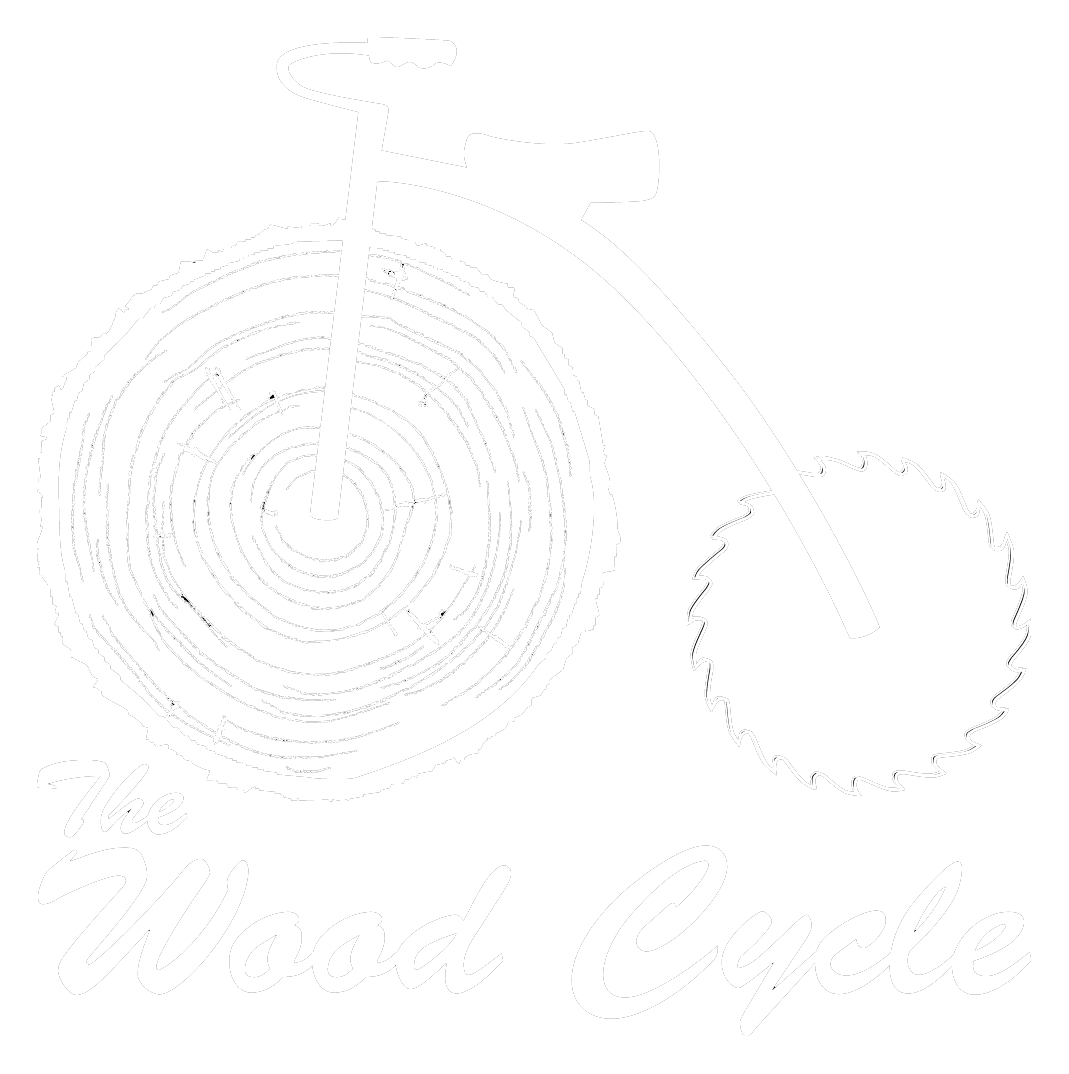Buying Live Edge | What Slab is Best for You
What slab is best for you; thickness and flatness.
What slab is best for you depends on what you’re looking for. A straight piece, an edge with a lot of character, unusual grain patterns, species etc. will all determine what type of slab you’re looking for. However, the biggest thing to consider when narrowing the search is suitability of the thickness and flatness at your final size and for your intended use.
know your end product
Even if sawn flat, wood moves as it dries. I once had a person send me an inquiry and photo about a bartop their builder sourced and installed (from others) that ended up twisting nearly 30 degrees over its 8’ length after installation. Had it been properly dried you would not have seen that piece even offered for sale but because live edge slabs are large, movement can be significant. To have a slab that is cut perfectly flat move an inch or more out of its original plane is not unusual. As a woodworker or end product consumer this is critical. You may find the perfectly sized and shaped live edge slab with all the characteristics you could hope for, but in the excitement of the moment forget to look at whether that slab will flatten out to the thickness you want.
Keep in mind, smooth and flat are different. A smooth slab looks and feels nice, but there are many machining options that can smooth without eliminating bows (end-to-end curves), cups (curves across the width) or twists. A wide-belt sander, for example, can achieve a uniform thickness, but without additional efforts does not produce a flat slab, only a uniform slab. If the slab was twisted or bowed before it still will be coming out of a wide-belt. A rough sawn slab, however, may still be….rough, but can be reasonably flat and free of bows, cups or twists.
Some degree of bow, cup or twist is to be expected from the drying process and can still result from seasonal moisture movement on a flattened but unfinished slab, or even within a finished product. How much deformation is acceptable is a decision you need to make up front, and much of that depends on use. Flatness is not that important for live edge wall art or a headboard. Flat is preferable for a coffee table, but not necessarily critical, or at least not critical to every edge of the coffee table. A dining table or bartop you generally want pretty close to flat, perhaps with a tapered corner orPers edge at most.
a trick of the trade
Bringing a straight edge with you for shopping live edge is helpful, two or three is even better. My suggestion: 3 straight sticks or rips of good quality plywood that are 3/4'“ x 2” x 3’. These will go a long way in making some critical checks. Placing a single strip across the width at various points will reveal how much cupping. To check for twist, use two straight edges as “winding sticks” by place one across each end, perpendicular to the grain, and approximately parallel to each other. Then hunch down to the plane of the slab and view these two sticks from a few feet back off one end. You can quickly see how well they align, and you can even shim one end to see how much you need to shave to get the slab flat. There are plenty of marginally useful U-tube videos on this method, none aimed at large live edge. I’ll try to do one when I get a chance. None of those out there mention that adding a third stick of equal size at the center allows you to see how much lower or higher the center is to access bow.
no slab is perfect
And once you do all of this you will find out no big slab is perfect, whether pushed through a wide belt or rough sanded or even on a specialize flattener like we built. Or at least they are not always perfect in our ever- changing moisture environments--they make synthetics if you want perfect. Your question is simply whether you can work with the irregularities your selection has, or can you machine it and still have enough thickness remaining.
and what is thick enough
Personal taste and function rule. Keep in mind that seasonal moisture movement will happen in your finished product, so plan that into your design. But seasonal movement is restricted by the finish you apply (don’t forget both sides equally finished) and by thickness. A thicker slab requires a lot more moisture to move through your finish in order to change the moisture content of the wood and cause movement. My suggestion: I keep my live edge tables, bar tops, vanity tops, islands, etc. at 1.5” minimum for smaller pieces and ideally 1.75 or more for wide pieces. Most dining or conference tables we make land somewhere between 1.75” and 2.25” finished. This is typically easy to accomplish with well dried slabs with “minimal” drying movement that for us start at 2 3/8” thick if under 24” wide or 2 7/8” thick if 24”-36” wide.


